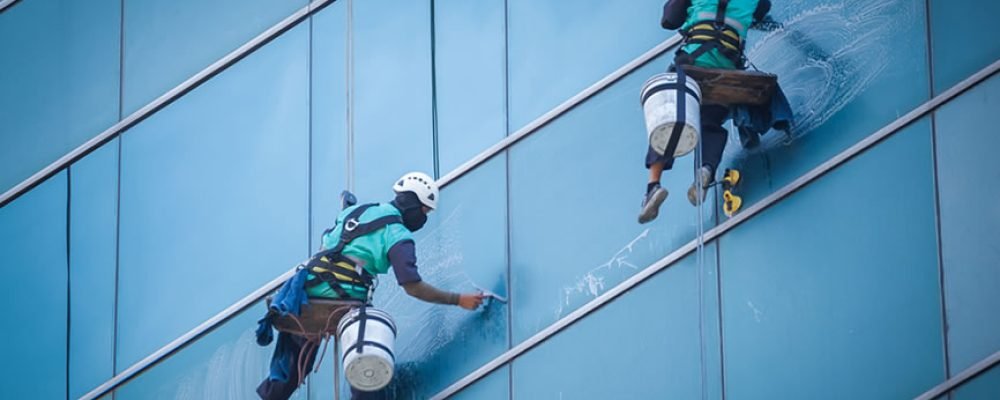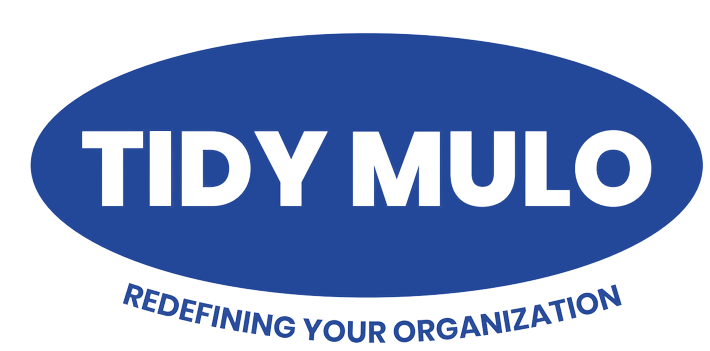
FACADE CLEANING
Facade cleaning is an integral aspect of building maintenance, contributing not only to the visual appeal of structures but also to their longevity and structural integrity. This write-up explores the significance of facade cleaning, detailing the methods employed, its impact on building aesthetics, and the role it plays in preserving architectural assets.
Importance of Facade Cleaning:
The facade, being the external face of a building, is constantly exposed to environmental elements, pollutants, and weathering. Over time, this exposure can lead to the accumulation of dirt, grime, pollutants, and biological growth, impacting the appearance of the building and potentially causing deterioration. Facade cleaning is essential for both aesthetic reasons and the preservation of the building’s materials and structure.
Methods of Facade Cleaning:
Pressure Washing: High-pressure water is used to remove dirt, stains, and biological growth from the facade. Pressure washing is effective for surfaces such as concrete, brick, and stone.
Chemical Cleaning: Specialized chemicals are applied to the facade to break down and remove stubborn stains, pollutants, or biological contaminants. This method is tailored to the specific needs and material composition of the building.
Steam Cleaning: Utilizing high-temperature steam, this method is effective in removing dirt, grease, and biological matter. It is often chosen for its environmentally friendly nature, using minimal chemicals.
Abrasive Cleaning: For more resilient surfaces, abrasive methods such as sandblasting or abrasive pads may be employed to remove tough stains or layers of dirt.
Impact on Building Aesthetics:
Restoration of Appearance: Facade cleaning rejuvenates the visual appeal of a building, restoring it to its original or desired appearance. Clean facades contribute to a positive first impression and enhance the overall aesthetic of the surrounding environment.
Preservation of Architectural Features: Regular cleaning helps preserve the architectural features and details of a building. It prevents the gradual degradation of materials, ensuring that intricate designs and decorative elements remain intact.
Structural Preservation:
Prevention of Deterioration: Dirt and pollutants can accelerate the deterioration of building materials over time. Facade cleaning removes these harmful elements, reducing the risk of corrosion, decay, and other structural issues.
Longevity of Surfaces: Regular cleaning extends the lifespan of facade materials, protecting them from the corrosive effects of pollutants and environmental factors. This proactive maintenance contributes to the long-term durability of the building.
Conclusion:
Facad cleaning is not merely a cosmetic procedure; it is a fundamental practice that contributes to the overall health, longevity, and aesthetic appeal of buildings. Whether for historical landmarks, modern skyscrapers, or residential structures, regular facade cleaning is an investment in preserving architectural beauty, maintaining structural integrity, and creating a positive visual impact on the built environment. It is an essential component of responsible building management that ensures structures continue to stand tall with grace and grandeur.

